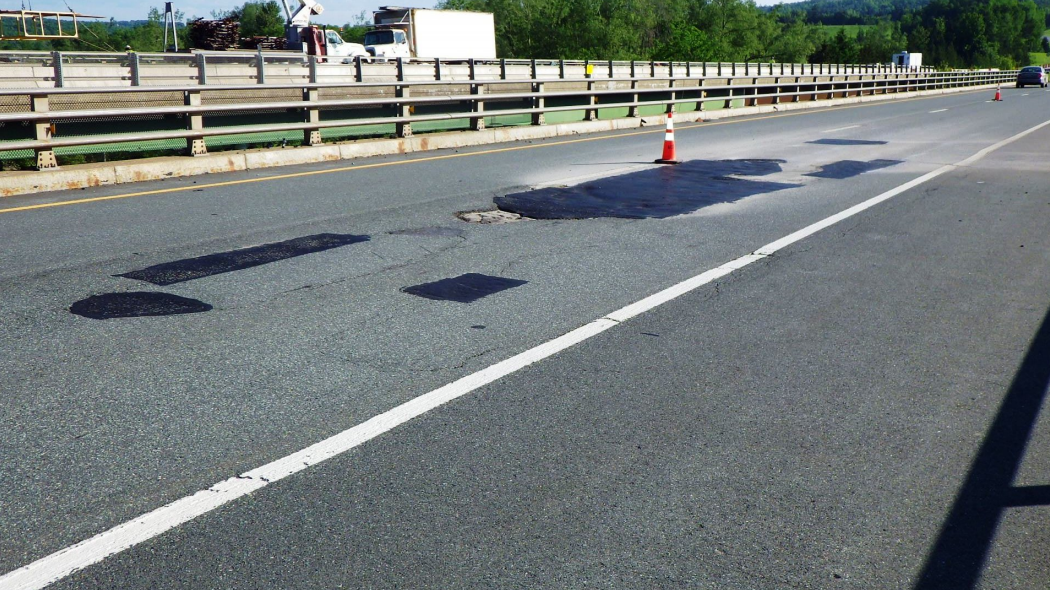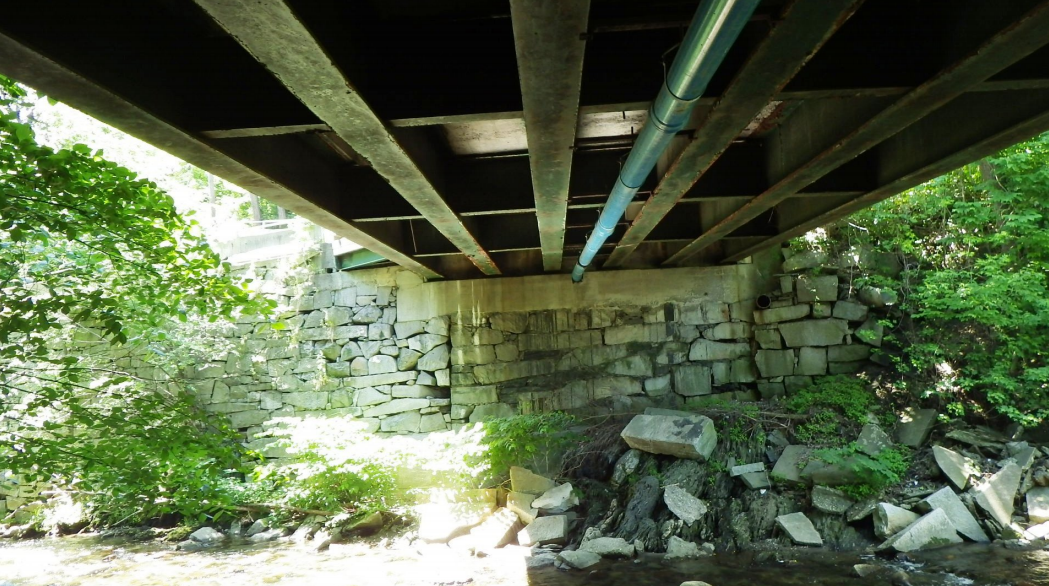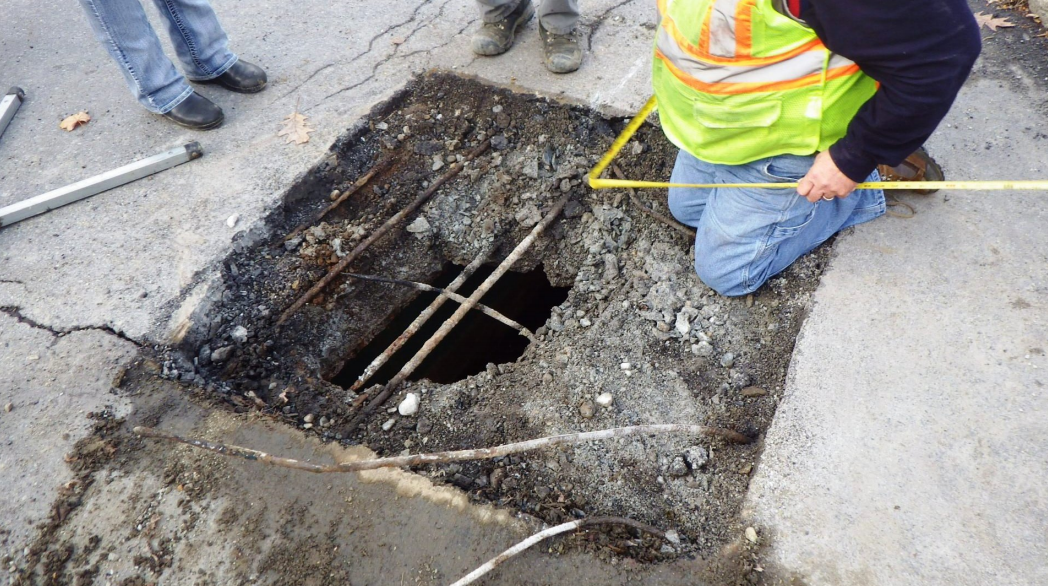Bridge and culvert preservation is the act of applying a cost-effective treatment to retard deterioration, maintain or improve functional condition and/or extend the remaining service life at a lower lifetime cost (also known as the “right treatment at the right time”). Examples of preventative maintenance treatments include, but is not limited to, bridge washing, sealing deck joints, facilitating drainage, sealing concrete, repainting steel beams and protecting foundations from scour. With nearly 4000 bridges in the state of Vermont, it is critical to seek a balanced approach between preservation and replacement. Focusing only on replacing deficient bridges and culverts is inefficient and cost-prohibitive in the long run.
The newly formed Asset Management Program seeks preservation opportunities as an important component of their overall management of bridges, culverts and other assets. As part of this effort, several bridges throughout Vermont located along Interstate, state and local roads, were selected as candidates for potential bridge deck replacements (known as the “Deck Replacement Program”) to extend their remaining service lives and amount of time before the bridges will need to be replaced. Scoping engineers worked side by side with bridge inspectors to analyze the inspection reports and associated findings. Site visits will also conducted to examine bridge deficiencies, site constraints (impediments to removing and replacing and bridge deck) and potential options for maintaining of traffic during construction.
This list of projects received an abbreviated engineering study which only evaluated the deck component (i.e. did not consider the condition of superstructure (deck and beams) or the substructure). If the structure required significant work to any component other than the deck it was automatically rejected from the Deck Replacement Program. By focusing on repairing and replacing the decks on structures where the other components were in good to very good condition, VTrans is able to maximize the life of the other bridge components (such as the steel beams and abutments).
Of the original 12 deck projects identified by the Asset Management Program, only two were removed and added as candidates for a complete engineering scoping study. The remaining 10 projects (shown below) were programmed for a deck replacement along with a goal of advertising several for the upcoming construction season effectively truncating a typical 24 month design phase down to only 6 months. This was accomplished by eliminating project impacts to ROW and natural and cultural resources along with heightened coordination with resource groups and other project stakeholders (like the construction section and contract specialists) and expediting the design process.
- Berlin IM DECK(42), (43), (44), (45) – I-91, Bridges 37N/S over Crosstown Road and Bridges 38N/S over the exit 7 on/off ramp, 2019 construction
- Brattleboro BF 2000(26), Elliot Street, Bridge 32 over Whetstone Brook, 2016 construction
- Putney STP DECK(38), US Route 5, Bridge 15 over Sacketts Brook, 2018 construction
- Ludlow STP DECK(39), VT Route 100, Bridge 99 over Black River, 2017 construction
- Montgomery STP DECK(40), VT Route 118, Bridge 19 over Trout River, 2017 construction
- Irasburg IM DECK(46), Interstate 91, Bridge 107N over Barton River, River Road and the CRLRR, 2016 construction
- Orwell STP DECK(41), TH-3 (Route 73), Bridge 4 over North Fork Creek, 2017 construction
In addition to the non-traditional delivery of these projects several innovations are being evaluated and utilized for this group of projects in construction. From 60-day road closures for conventional construction, to a 10-day short term closure utilizing pre-cast deck panels, to creative measures for managing traffic control such as temporary access to the interstate. This successful effort is thanks to excellent collaboration and teamwork amongst the Town, Design Consultant, Resource groups, contract administration, and each individual who contributed to this project.
Rehabilitating North Hero, Bridge 5 located along US Route 2 over Lake Champlain
Bridge 5, constructed in 1954, is a state owned bridge located on US Route 2 in the Town of North Hero, approximately 0.2 miles east of the junction with VT Route 129. The bridge carries US Route 2 over the Alburgh Passage of Lake Champlain. The current bridge structure replaced an off-alignment riveted truss bridge built in 1886 and has been designated “historic.” It is 826’ long comprised of a 7 span cast-in-place concrete deck supported by a fracture critical two girder system. The substructure is comprised of two abutments on piles and six piers on spread footings bearing on ledge. The low beam of the elevation of the main span is greater than all other spans to allow for the passage of ships. Navigational clearances are established by the Coast Guard. This bridge is a popular location for bicyclists, pedestrians and fishermen.
Age, use and winter maintenance practices have contributed to its continued deterioration. Condition ratings indicate that deterioration of the concrete deck and the steel superstructure is progressing and steps need to be taken to keep this crossing safe for the traveling public. The two girder system is considered “fracture critical.” These systems lack redundancy which means that the failure of one steel member could cause a portion of the entire bridge to collapse. The structure has also been designated as “structurally deficient” due to the poor condition of the bridge deck. Deficient bridges require significant maintenance, rehabilitation or replacement.
The structure is currently in the project definition phase, otherwise known as “scoping.” Project definition begins with the idea of a project (i.e., when a need has been identified), and ends when a decision has been made on how to proceed, including the determination of the “recommended alternative” which includes addressing structural deficiencies through rehabilitation or replacement and maintenance of traffic in the form of a short term road closure, phased construction or a temporary bridge. During the alternatives analysis phase, scoping engineers considered the existing conditions of the structure, the nature and use of this corridor, traffic characteristics, surrounding environmental and cultural resources, marine traffic, and construction and contracting methods.
The recommended alternative includes a superstructure replacement while traffic is maintained by phasing (alternating one-way traffic on the existing bridge structure). Since the existing superstructure is a two girder system, the use of a temporary girder will be required to support the existing floor beams before any of the existing girders can be removed for phasing. Given the length of the bridge, average traffic delays are predicted to be approximately 50 seconds with a maximum que length of 160 feet. Due to the complexity of construction, input from a contractor during the design phase would be highly beneficial. Therefore an alternative contracting method known as Construction Manager/General Contractor (CM/GC) is recommended. This alternative to traditional design-bid-build projects ensures successful, fast track implementation of large projects and new innovations by collaborating with the contractor during the design phase. The total anticipated project costs for this recommended alternative is $17,000,000. A superstructure replacement is expected to extend the life of the structure by 40 years.
The recommended alternative is awaiting approval from VTrans management and the affected communities. Once the alternative has been accepted, it will move into the design phase. The bridge will likely be rehabilitated during the 2020/2021 construction seasons.




